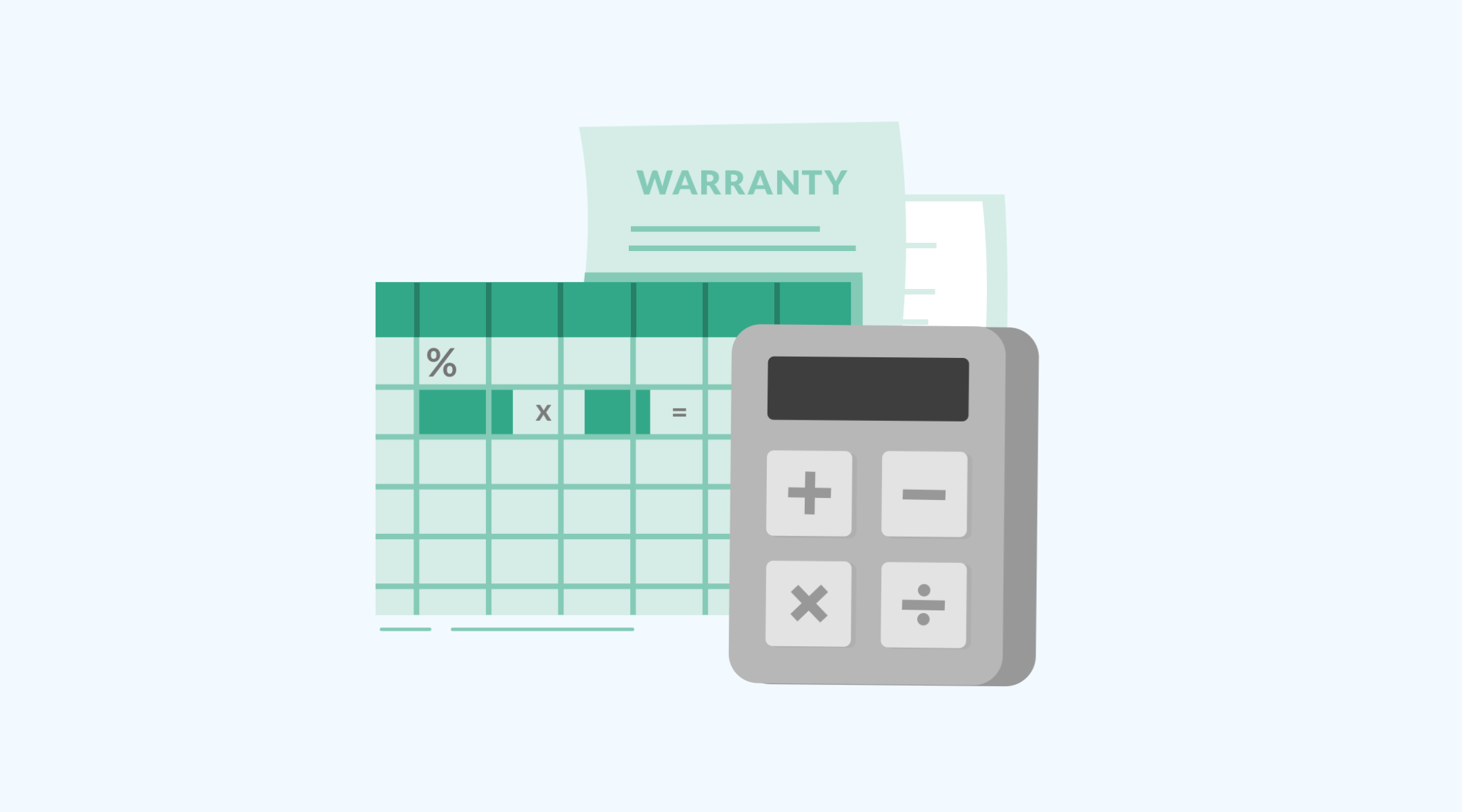CMMS and EAM: How are they Different?
At first blush, there doesn’t seem to be much difference between a CMMS and EAM. Both are software platforms (sometimes SaaS, sometimes on-premise), and both help manage equipment and facility schedules.
The differences are there though and they may make up the line between sink or swim for a business about to purchase asset management software. Let’s dig in to the differences to determine which of the two types of asset management platforms are right for your business.
What is a CMMS?
Computerized Maintenance Management Systems (CMMS) had their early roots in the 1960s as a punch-card system. Like most punch-card systems of the day, the first CMMS was big and unwieldy, requiring hundreds of punch cards to manage data and track inventory. Yet it was still head and shoulders above paper and filing cabinets.
Today’s cloud-based CMMS products perform the same functions as their predecessor–that of maintenance tracking and maintenance, repair and overhaul (MRO) materials management. The scope of these tools is intentionally small, and their functions streamlined towards that specific purpose.
Why should I use a CMMS?
A CMMS is best suited for small maintenance operations with basic needs. The CMMS allows for simple, no-frills management of work orders, schedules, and records. The CMMS is built to only cover the maintenance of equipment and MRO management, and little else. This simplicity makes them very affordable–and therefore very attractive–for businesses with a tight budget or with simple requirements.
For maintenance managers with slightly more complex needs, many CMMS products can integrate with a limited range of other software solutions in order to expand their capabilities. For instance, some CMMS tools are able to upgrade the core platform with additional features like project management or parts purchasing modules–although it depends on whether or not a specific CMMS has those upgrades available.
What is an EAM?
An Enterprise Asset Management (EAM) system also performs many of the same functions as the CMMS when it comes to maintenance management and MRO materials management. But that’s where the similarity ends. Where a CMMS is restricted to the maintenance and inventory management of operational assets, an EAM is able to track and manage the asset’s entire lifetime: from creation to operation to retirement.
It’s a single system with a comprehensive collection of features and functions designed for a specific purpose: managing physical assets across the enterprise.
EAM systems offer a wider variety of features than a standard CMMS; features that cover other areas related to asset management, such as procurement, project management, accounting, operations, safety and compliance, and so much more. The intent is to deliver a single system that allows businesses to know and control everything about every physical asset the company owns.
Advanced EAM systems can also integrate with other ERP systems for effective transfer of data between platforms and the creation of automated or streamlined workflows.
Why should I use an EAM?
As the name suggests, an Enterprise Asset Management system is best suited for large organizations with a high number of physical assets spread across multiple locations or sites. In order to manage these assets effectively, the EAM provides the organization with a holistic solution that can do lifestyle cost tracking and analysis, procurement, and some engineering functions in addition to basic maintenance and inventory management.
But large organizations aren’t the only ones that can take advantage of an EAM. Small but growing businesses need a maintenance management solution that can scale with their own operations. As you add more sites or obtain more equipment, it’s better to already have a system that can support that expansion in the long term.
Which one should I choose?
There are many factors that you should take into account as you research CMMS and EAM systems. What are your team’s maintenance goals? What kind of assets do you have? How many locations? Are you expanding any time in the near future?
Answer those questions before starting your search in earnest. As you review each potential maintenance management software, see how they stack up against your own list of requirements.
Don’t be fooled by fancy brochures with feature lists and infographics. Review the software carefully and ensure that their system can actually perform the way you need, and that the features function in the way you expect.
You’ll be running maintenance out of your new system in no time!








